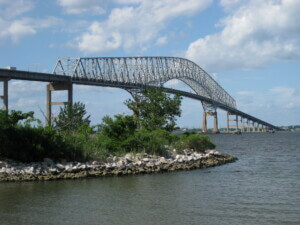Every year, one of the world’s most tensile rope suspension bridges—straddling a 230-foot-wide canyon in Peru—is handwoven from dried grass. In deference to elemental wear-and-tear, the bridge is painstakingly reconstructed every year by Quechua-speaking communities on either side of the chasm in a ceremonial ritual lasting three days, always ending in song and dance.
The builders harvest q’oya grass to be woven into large cables. They begin with a small cord which is twisted together from local grass, and then weave it with 30 more small cords to form a larger rope. For the next few hours, the community engages in cordial games of tug-of-war to stretch the large ropes out, which are subsequently woven and twisted.
Finally, three of these large ropes are braided together to form the cables that will support the bridge, with the bridge’s architect, Victoriano Arizapana, weaving on one side and a worker on the other until their ends merge.
More tugging of the finished rope ensues to increase the structure’s tensile strength, after which the community carries the cables down to where the bridge will be installed. “The work my father gave me to do, I started doing when I was 12 years old. I love that bridge Q’eswachaka very much. In other words, I love it like a son,” Victoriano said in the documentary The Bridge at Q’eshwachaka by the National Museum of the American Indian.
The old bridge is used to run the first cable across the gap. After disposing of the old bridge with a cursory toss into the river below, the community anchors the four supporting cables to stone abutments on either side of the canyon before weaving the handrails.
This unflinching routine has been repeated every year in the same location since the time of the Inca, and the modus operandi, based on rudiments cascaded from generation to generation by Victoriano’s ancestors, has not changed. The bridge is also very strong—able to be safely traversed by dozens of people simultaneously. Song- and dance-filled celebrations abound upon the bridge’s completion as the communities celebrate their collective, handmade linkage.










